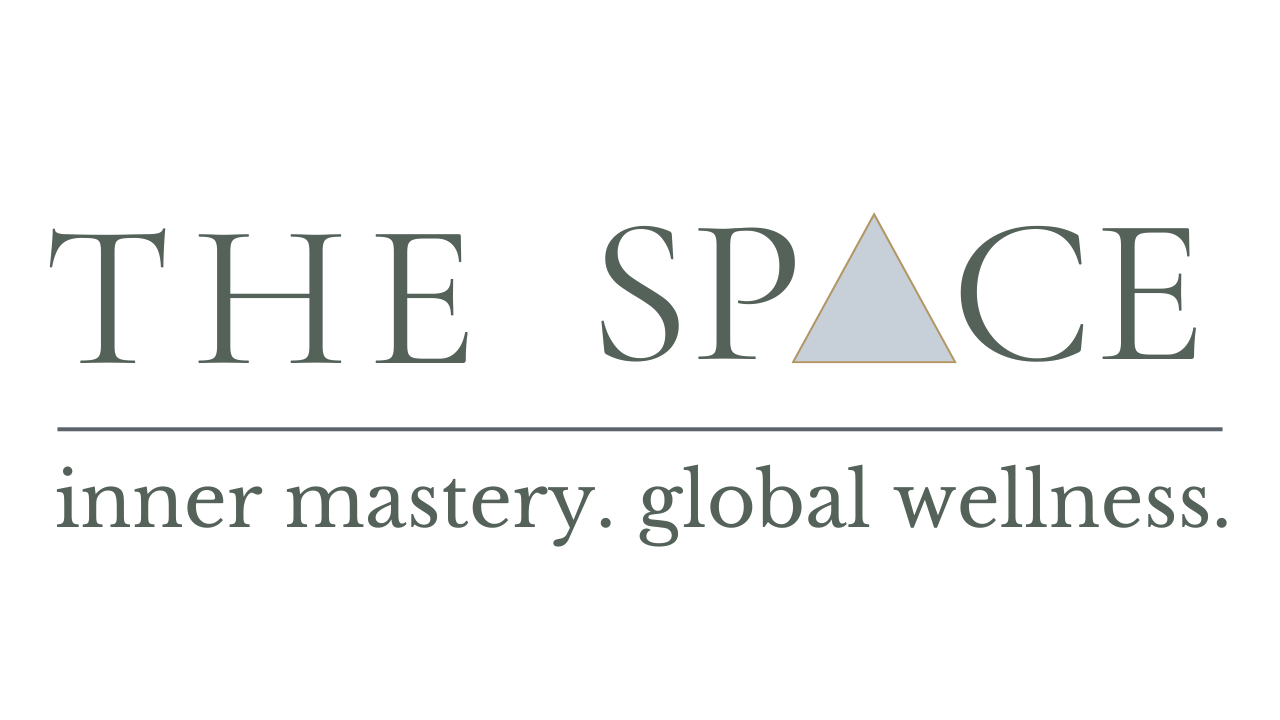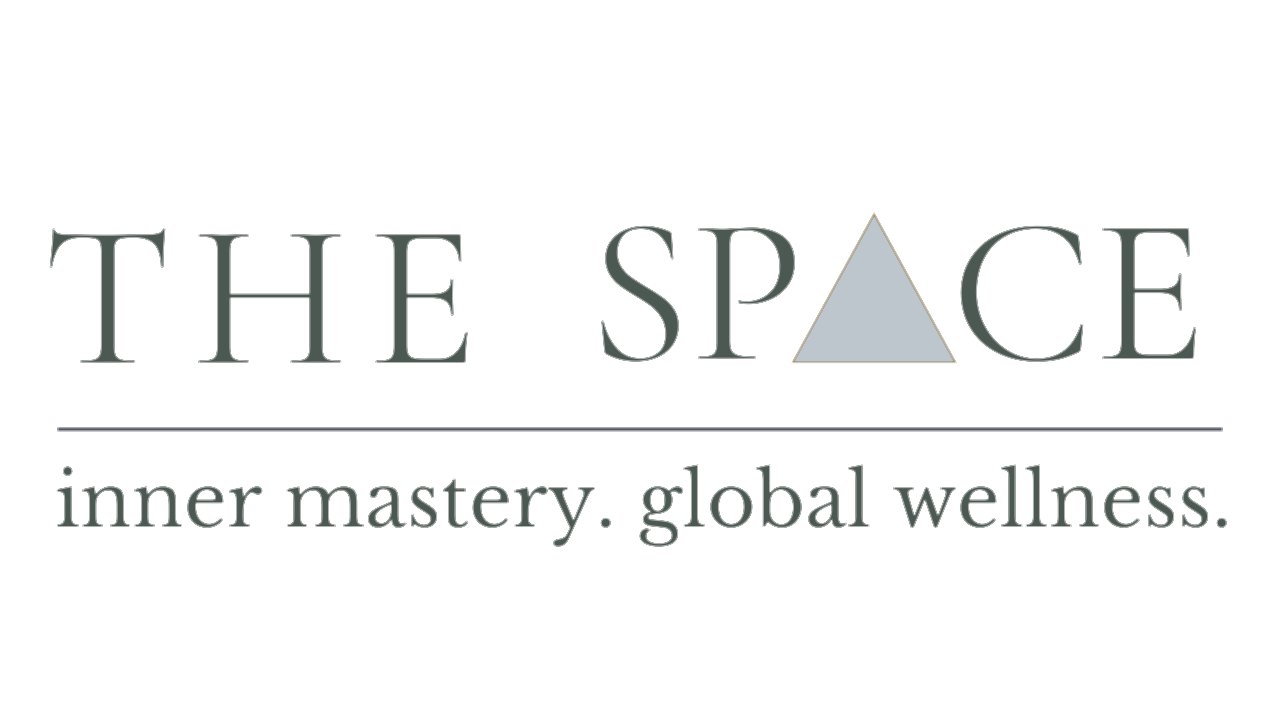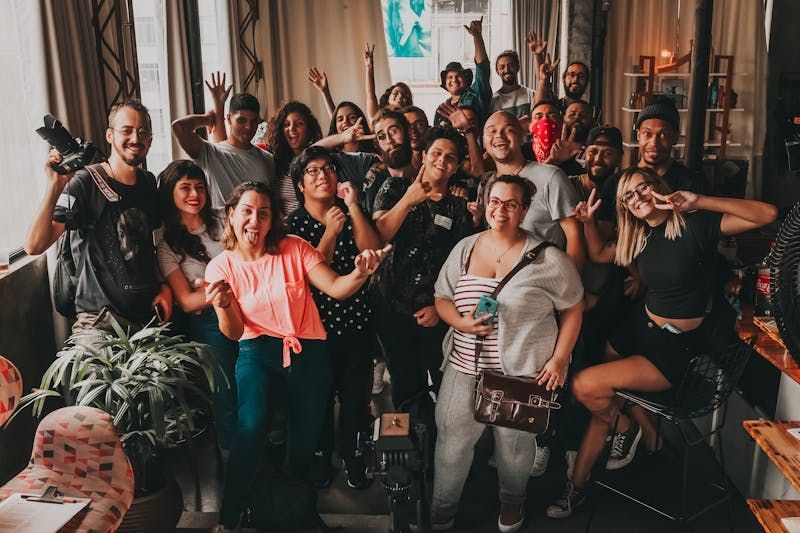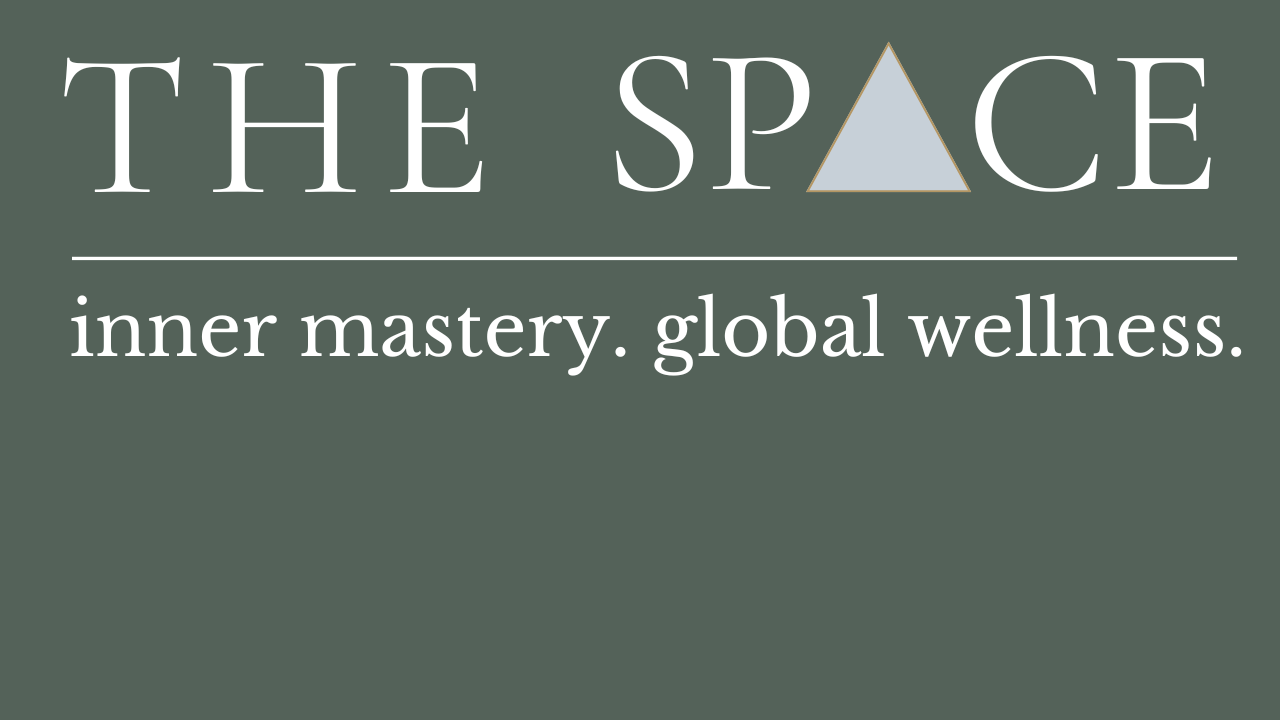Psyche As Soul: What is the Soul of Therapy?
What we are getting wrong about the 'psyche' in psychology.
Submitted by Erin Cutrone, LMHC
What a beautiful prompt to go into the new year with and what a powerful one to bring attention to both in the field and in these current times we are living in. Speaking my language here!! I have been a therapist for almost 20 years. I started young and right out of college and now own my own practice centered around heart centered healing. What is so interesting about writing on this topic right now is that just yesterday one of my mentees asked me, how did I know this was what I wanted to do?
I have always had a deep yearning for curiosity, being fascinated by the mechanics of things: how they work, why they are a certain way, with most things: weather patterns, celestial patterns, electricity, you name it, I am curious about it, but especially humans. I have always found us so intriguing: so complex, yet, as I have always understood us, also so very simple. My interest in people and understanding people took many forms: as a waitress and bartender supporting my life through my undergrad and masters degrees, I would talk to people every day and listen to people and observe. As an avid traveler and wanderer I would chat with people from all walks, inquiring about the details of family, of communications, of lifestyles and habits and practices, of norms and taboos. I would, and still do, pay attention to how we act when we are hungry, lost, or confused or how we speak when we are hurt, when we feel rejected or abandoned, when we are in love, or when we are excited. It all just came natural to me- curiosity and wonder of people's stories and how they came to be the person they are. Psychology is my nature.
And now as a therapist I bring those components and curiosities to the forefront, helping us find and understand the patterns and the mechanics and what’s underneath it all? What’s underneath the behavior? In our work, those behaviors come with labels- anxiety, anger, depression, outbursts, dissociation, rage. This is also where I insert a lot of tenderness as we explore these (what I call) mechanisms and adaptations. I call this practice delabeling, because although helpful to understand, if I accept and identify myself as ‘x’, how can I be ‘not x,’ and well, isn’t that the point of therapy- to create shifts and change. So I look to those behaviors as expressions- they are expressions of something deeper. What’s underneath it? A memory, a core wound, a fear, an insecurity, a need or perhaps a desire?
As I often see it, those patterns and mechanisms and adaptations are often protections of the heart and all the ways the mind and body protect itself from pain, even when we are not aware. Our bodies and minds are so acutely tuned into what could hurt us, or what has hurt us, even if it is just a resemblance of pains past, even if it is
not even happening at all. Our bodies have learned some way of adapting to protect themselves. Sometimes we push away before it can even have the chance of hurting us, sometimes we avoid those instances we think we might get hurt. Sometimes we project, sometimes we shut down, sometimes we fix or fawn. As therapists, we are taught to pathologize these things, but what if we actually tried to really understand them?
Insert the
soul of therapy. Why I love this prompt is a fun fact and one I speak to in my practice all the time. What most people understand psyche and psychology to be is the study of the mind. However, the etymology of psyche is in fact ‘breath, life, and soul.’
Going back to my own prompt: what's underneath the behaviors- is what the soul is trying to express: a need, a desire, a longing to take down the walls we put up around our hearts and all the ways we have created separation. It is trying to express the need for connection, for vulnerability, for humanness.
And often, it is in those things that we tend to avoid because they are also associated with pain points, that we will find our healing and our deepest truths. Our souls desire for connection and belonging and experiences. One might think safety, but as I ponder this, I believe the soul trusts in it’s safety. It’s the body that needs safety. Soul work is a deeper level of understanding this.
I think being a therapist today, for me, is the practice of holding these deep and core truths sacred. It requires us to understand and listen for all of the ways the body and mind simply try to protect themselves from pain and at the same time, highlight the center point as the balance between those fears and our basic needs of connection.
My practice centers around just this: a word and symbol taken from the yoga philosophies and really energetic anatomy: the center point between our past and our future, what is below us and what is above us, the physical fears and the souls desires, all come together in the heart. Anahata. And for so long I was going to scrap that as the business name, but when I really sit with it, it is the thing I think we all need to remember most.
I think as a therapist and as a human, to access this, requires the practices I teach and do myself daily- tuning into the nervous system and understanding what each body does when it feels a sense of safety and a sense of danger or threat, including our own, and learning how to disarm the defense mechanisms and lower those walls. I think as therapists it requires us bringing the hummanness back into the field- the vulnerability, the rawness, that we too have histories, have fears, worries, concerns- and when we can watch our own bodies in fear and communicate with them and be curious and ask them ‘what are you trying to tell me?’ ‘Is it true?’ ‘Is it perceived?’ ‘What do I truly need here?,’ we lead by example.
We live in a world where most nervous systems are operating in a threat and survival system. This is where I was so drawn to polyvagal theory. When our bodies are already primed for threat, we actually take in different information… from the very same experience, conversation, stimuli, even if that stimulus is neutral. A neutral expression will be interpreted as two very different cues depending on what nervous system we are operating from! I think bringing more nervous system awareness, and more specifically, nervous system training (a little different than regulating but in the same vein) will be pivotal in our practices, and not just in therapy, in the world!
Being a therapist today requires understanding our innate hummanness, and I believe this takes not just vulnerability, it requires softening. And I think we protect it in our field and in the world, by embodying it. When we ARE it, people feel it. When we ARE it, people see it. When we ARE it, we spread it and it can most definitely become contagious. And I believe that is the soul of therapy, remembering the soul of our humanness.
Want to dive deeper with me, find me on the Align with Love podcast where I lean into my own deepest fears and share more of my studies, contemplations, observations, curiosities and rants backed by science, philosophy and the endless pursuit to reconnect us to the power of love, our hearts and our true path to healing from the inside out or join us in The Space where we practice the art of inner mastery to achieve global wellness. I hope to see you there!








